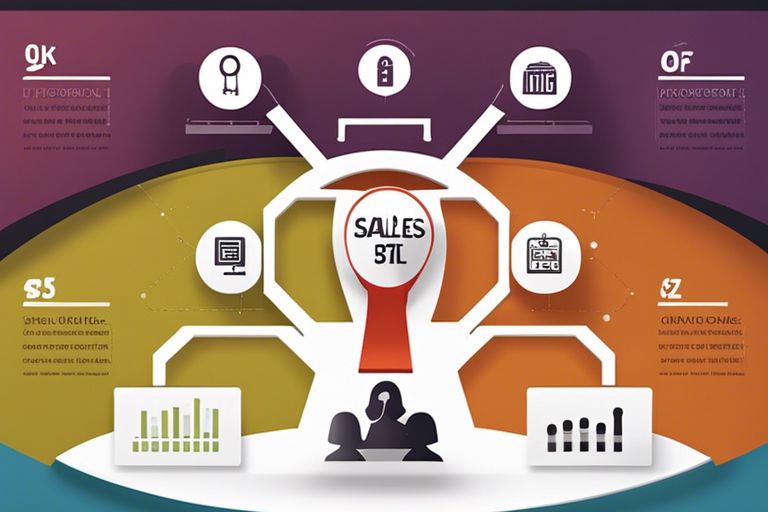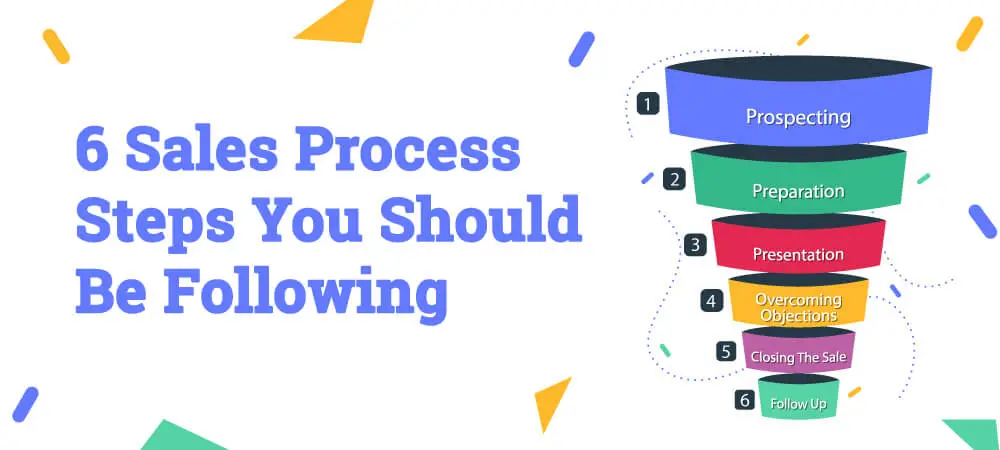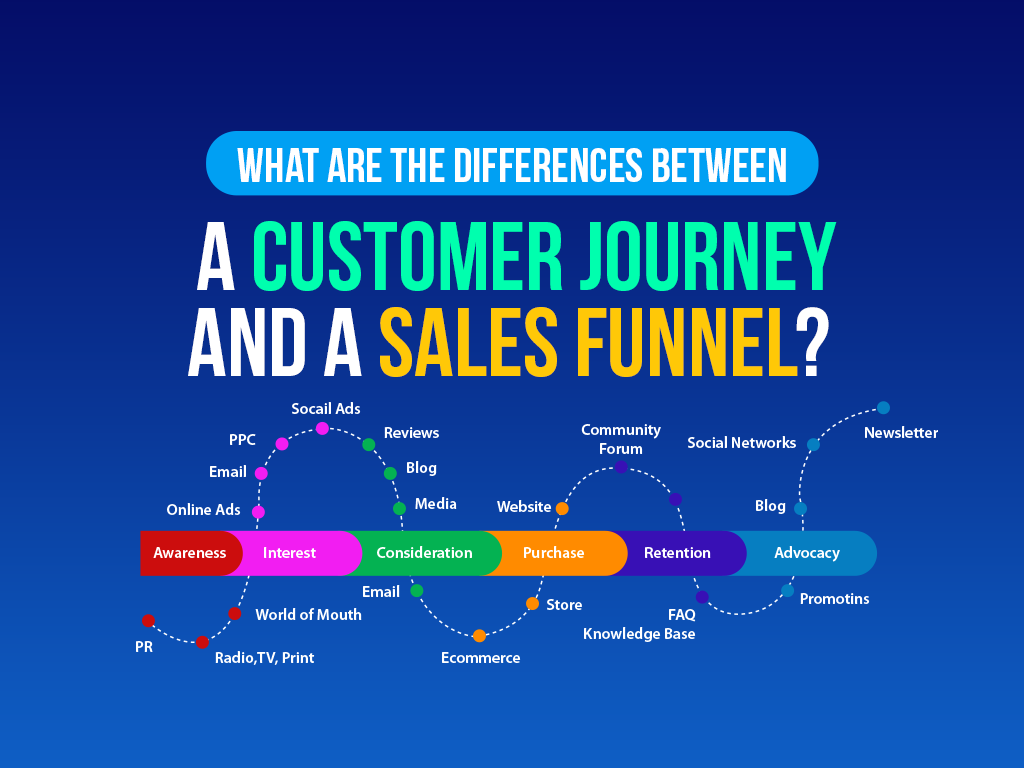Key elements of a successful sales strategy
There’s no denying the crucial role a well-thought-out sales strategy plays in the success of any business. To ensure profitability and growth, companies must carefully craft a comprehensive plan that encompasses key elements vital for driving revenue and securing loyal customers. From setting clear objectives and understanding target markets to fostering strong relationships and leveraging data-driven insights, a successful sales strategy requires a strategic approach that combines creativity, analysis, and consistent effort. In this blog post, we will investigate the fundamental components that make up a winning sales strategy, providing valuable insights for businesses looking to optimize their sales performance and achieve sustainable growth.
Key Takeaways:
- Clear Objectives: Define specific and achievable goals for your sales team to focus on.
- Target Audience: Understand your ideal customers and tailor your sales approach to meet their needs.
- Effective Communication: Ensure open lines of communication within your team and with potential clients.
- Continuous Training: Invest in ongoing training and development to keep your sales team motivated and equipped with the latest skills.
- Data-Driven Approach: Use data and analytics to track performance, identify trends, and make informed decisions to drive sales success.

Understanding Your Target Market
Identifying Your Ideal Customer
Targeting the right audience is crucial for a successful sales strategy. Identify your ideal customer by considering their demographics, behavior, and needs. Understanding who your target market is will help you tailor your products or services to meet their specific requirements, increasing the likelihood of sales conversions.
Analyzing Market Trends and Demand
Understanding market trends and demand is imperative for staying competitive in today’s dynamic business environment. Analyze data such as consumer preferences, purchasing behaviors, and industry developments to stay ahead of the curve. By recognizing shifts in market demand, you can adjust your sales tactics accordingly to capitalize on emerging opportunities.
A successful sales strategy involves more than just selling products or services—it requires a deep understanding of your target market. By identifying your ideal customer and staying informed about market trends and demand, you can refine your approach and drive sales growth effectively.
Crafting Your Value Proposition
Differentiating Your Product or Service
Value proposition is the heart of your sales strategy. To stand out in a competitive market, it’s crucial to differentiate your product or service from the competition. Highlight what makes your offering unique and why it is valuable to your target audience. Whether it’s through innovative features, superior quality, or exceptional customer service, clearly communicate the distinct advantages of choosing your brand.
Communicating Benefits Effectively
Proposition When crafting your value proposition, focus on communicating the benefits of your product or service rather than just listing its features. Customers are more interested in how your offering can solve their problems or improve their lives. Use language that resonates with your target audience and clearly demonstrates the value you provide. Show them why choosing your product or service will make a difference for them.
Benefits: Effective communication of the benefits of your product or service is vital for capturing the attention and interest of potential customers. Clearly articulate how your offering addresses their needs, solves their pain points, or fulfills their desires. By emphasizing the value that your product or service brings, you can create a compelling reason for customers to choose you over the competition.
Sales Process Optimization
Lead Generation Techniques
Optimization is key when it comes to lead generation techniques. It’s imperative to leverage a combination of inbound and outbound strategies such as content marketing, social media engagement, email campaigns, and networking events to attract potential leads and fill the top of your sales funnel effectively.
Lead Qualification and Nurturing Strategies
Techniques for lead qualification and nurturing are crucial for converting leads into customers. Implement lead scoring to prioritize high-quality leads, and utilize personalized communication and targeted content to nurture these leads through the sales process. This approach ensures that leads are engaged and guided towards a purchase decision.
The lead qualification and nurturing process involves assessing the readiness of leads to make a purchase decision. By implementing effective lead scoring criteria and personalized nurturing strategies, sales teams can focus their efforts on leads that are most likely to convert, improving overall sales efficiency and closing rates.
Closing Techniques and Overcoming Objections
Optimization of closing techniques and strategies for overcoming objections is imperative for sealing the deal. From utilizing trial closes throughout the sales process to addressing objections head-on with confidence and providing solutions, a well-optimized approach can help push deals across the finish line.
Qualification, objection handling, and closing are interconnected stages of the sales process that require a strategic and targeted approach. By ensuring that sales reps are equipped with the right techniques and skills to navigate these crucial stages, organizations can increase their chances of successfully converting leads into customers.
Customer Relationship Management
The management of customer relationships is vital for fostering loyalty and driving repeat business. The implementation of a robust CRM system allows sales teams to track interactions, personalize communication, and proactively address customer needs. By utilizing the data and insights gained from a CRM platform, organizations can strengthen their relationships with customers and enhance overall sales performance.
The foundation of successful sales strategies lies in the ability to optimize each stage of the sales process. From lead generation to customer relationship management, a well-defined and continuously refined approach is key to driving sales success and achieving sustainable growth in today’s competitive business landscape.
Leveraging Sales Channels
Direct vs. Indirect Sales Strategies
For businesses, choosing between direct and indirect sales strategies can significantly impact their sales performance. Direct sales involve the company selling its products or services directly to customers, often through a sales team or company-owned stores. On the other hand, indirect sales involve using third parties like retailers, distributors, or online marketplaces to sell products on behalf of the company. While direct sales offer more control over the sales process and customer relationships, indirect sales can help reach a broader audience and leverage the expertise of established partners.
E-commerce and Digital Sales Platforms
For businesses looking to stay competitive in today’s digital landscape, leveraging e-commerce and digital sales platforms is necessary. These platforms provide opportunities to reach customers globally, offer personalized shopping experiences, and track sales data for informed decision-making. By investing in user-friendly websites, mobile apps, and online marketplaces, businesses can expand their reach and increase sales in the digital realm.
Sales strategies focused on e-commerce and digital sales platforms require a deep understanding of online consumer behavior, search engine optimization, and social media marketing. Utilizing analytics tools and customer relationship management systems can help businesses optimize their online sales channels and stay ahead of the competition.
Measuring and Analyzing Sales Performance
Key Performance Indicators (KPIs)
One of the important elements of measuring sales success is through Key Performance Indicators (KPIs). These are specific metrics that help track and evaluate the performance of your sales team against your objectives. KPIs can include metrics such as conversion rates, customer acquisition costs, sales growth, and customer retention rates. By monitoring KPIs regularly, you can identify areas of strength and weakness within your sales strategy, allowing you to make informed decisions to drive growth and profitability.
Continuous Improvement through Feedback and Analytics
Feedback and analytics play a crucial role in achieving continuous improvement in sales performance. By collecting feedback from customers, sales reps, and other stakeholders, you can gain valuable insights into what is working well and areas that need improvement. Analyzing this feedback alongside sales data and performance metrics can help you identify patterns, trends, and opportunities for enhancement. By leveraging feedback and analytics effectively, you can refine your sales strategies, boost productivity, and ultimately drive better results.
Performance in sales is not just about hitting targets; it’s about understanding what drives success and making strategic adjustments to improve outcomes. By leveraging KPIs, feedback, and analytics, you can gain valuable insights into your sales performance, identify areas for growth, and drive continuous improvement within your sales team.
Building & Training an Effective Sales Team
Recruitment and Hiring Practices
Hiring the right candidates for your sales team is crucial for success. Look for individuals who not only have a solid sales background but also possess excellent communication and interpersonal skills. Conduct thorough interviews and assess their past performance to ensure they are a good fit for your company culture and goals.
Training, Motivation, and Incentives
Sales team training should be an ongoing process to keep your team sharp and motivated. Provide regular coaching sessions, product knowledge training, and sales strategy workshops. Motivate your team by setting clear goals, recognizing their achievements, and offering incentives such as bonuses or rewards for hitting targets.
A well-trained and motivated sales team is more likely to meet and exceed targets, leading to increased revenue and customer satisfaction. Encouraging a positive team environment and fostering a culture of continuous learning will help retain top talent and drive long-term success in your sales efforts.
Key elements of a successful sales strategy
To wrap up
Drawing together the key elements of a successful sales strategy is imperative for any business looking to drive revenue and grow. By understanding your target market, setting clear goals, aligning sales and marketing efforts, leveraging technology, and continuously refining your approach through data analysis, you can create a winning sales strategy. For a more in-depth guide on creating an effective sales strategy, check out What Is a Sales Strategy? Playbook and Template. Do not forget, a well-crafted sales strategy can be the difference between success and stagnation in the marketplace.
“Key elements of a successful sales strategy” helps us understand on how to build a successful sales strategy, also read our article Can you provide examples of successful sales closing techniques? – Pulse Business
If you like the content please follow us and support us on Instagram






